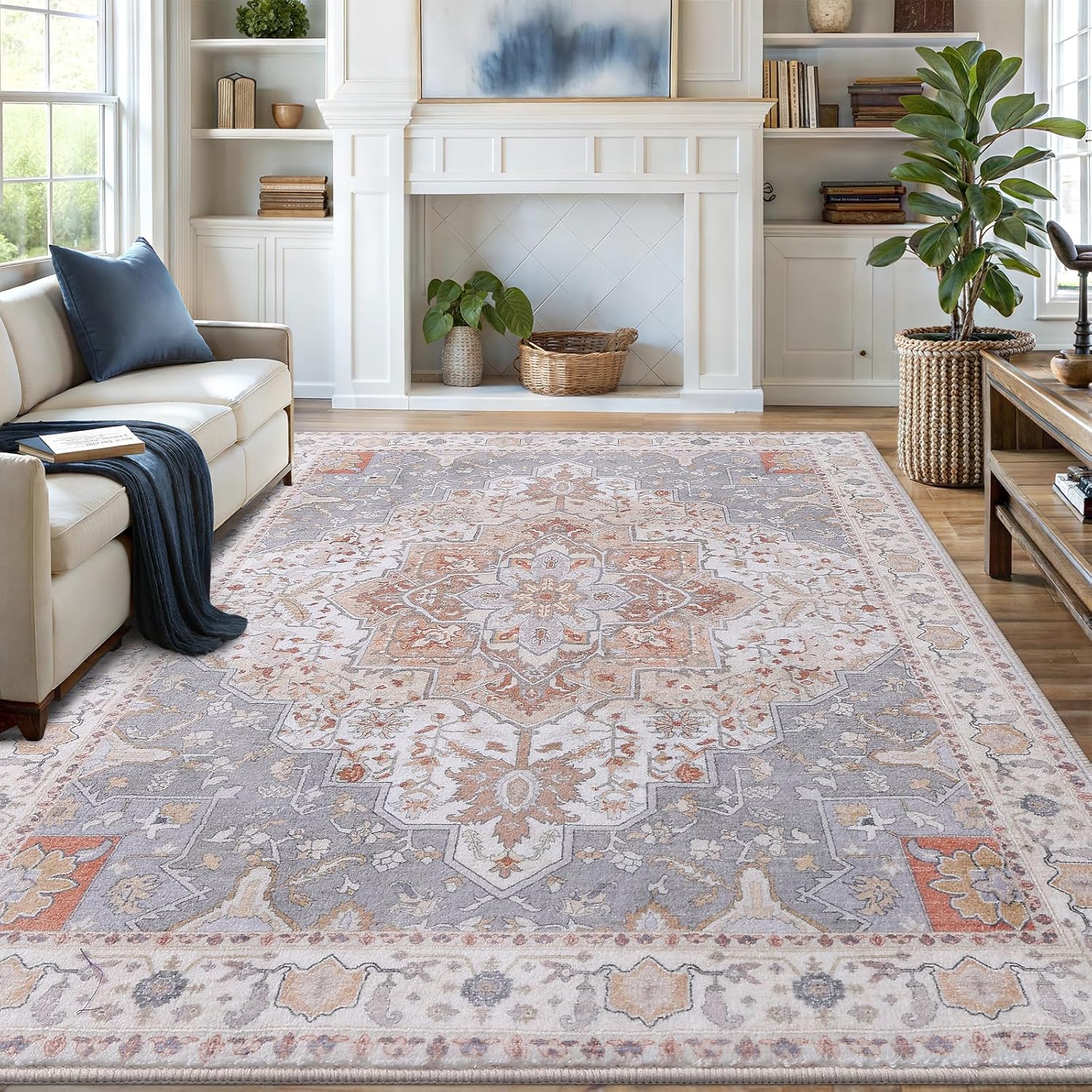To make your rubber floor shine, clean it with a pH-neutral cleaner, then apply a rubber floor polish or a mixture of vinegar and water for added luster.
Rubber flooring offers durability and slip resistance, but maintaining its shine requires proper care. Whether you have rubber gym flooring, commercial spaces, or home installations, these proven techniques will restore luster without damaging the material.

Essential Cleaning Before Shining
Always start with a thorough cleaning. Dirt and grime prevent polish from adhering properly.
Step-by-Step Cleaning Process
- Remove loose debris with a rubber-safe vacuum (no beater bar)
- Mix mild dish soap (1 cup per gallon) with warm water
- Scrub stubborn stains with a soft-bristle brush
- Rinse completely with clean water
- Let dry 4-6 hours before polishing

Best Products for Rubber Floor Shine
| Product Type | Coverage | Drying Time |
|---|---|---|
| Acrylic sealers | 2000 sq ft/gal | 2-3 hours |
| Wax emulsions | 1500 sq ft/gal | 4 hours |
| Commercial polishes | 2500 sq ft/gal | 1 hour |
Application Tips
- Use a microfiber mop for even application
- Apply thin coats – thick layers cause clouding
- Maintain wet edge to prevent lap marks
- Allow proper drying between coats
Professional Shining Techniques
For commercial spaces or heavily used areas, consider these advanced methods:
Buffing Machine Process
- Use a 175 RPM floor buffer
- Attach a white polishing pad
- Apply light pressure in circular motions
- Overlap each pass by 50%
According to Flooring Inc, buffing can increase shine by 60% compared to hand application.
Maintaining the Shine
Protect your investment with proper ongoing care:
Daily Maintenance
- Use walk-off mats at entrances
- Dry mop or vacuum daily
- Clean spills immediately
Weekly Care
- Damp mop with pH-neutral cleaner
- Spot clean high-traffic areas
- Inspect for wear patterns
For homes with pets, combine these methods with sanitizing practices to maintain hygiene and shine.
Special Considerations
Outdoor Rubber Flooring
UV-resistant sealers are essential for outdoor applications. Reapply every 3-6 months depending on sun exposure.
High-Traffic Areas
In gyms or commercial spaces, consider:
- Non-slip additives in polish
- More frequent recoating
- Protective mats in weight areas
As noted by rubber flooring experts, proper maintenance can extend floor life by 5-7 years.
Troubleshooting Common Issues
| Problem | Solution |
|---|---|
| Cloudy finish | Strip with ammonia solution (1:4 ratio) and reapply |
| Streaking | Use less product and ensure even application |
| Peeling | Complete strip and degrease before recoating |

